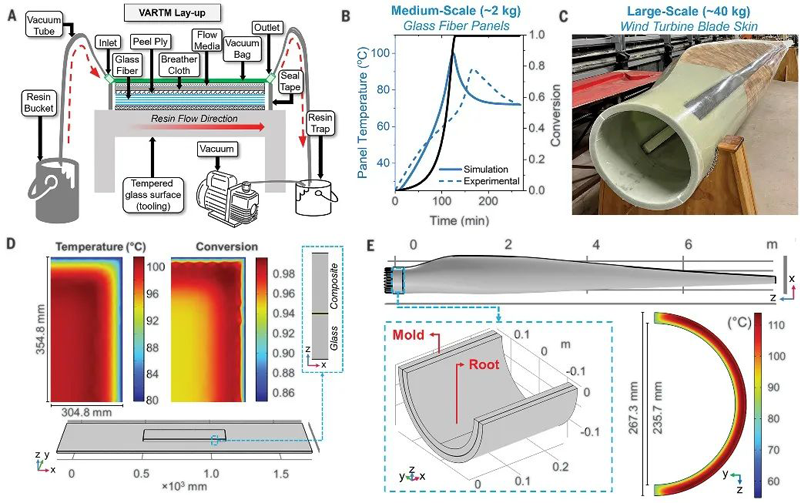Wind Turbine Blade Recycling: New Bio-based Materials Bring Breakthrough
Wind power generation is an important pillar of global sustainable energy development. According to a report by the Global Wind Energy Council (GWEC), the global wind power installed capacity reached a record high of 117 GW in 2023. It is expected that the global wind power installed capacity will further increase to 1,210 GW between 2024 and 2030.
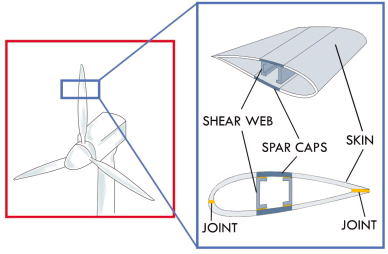
My country’s wind power industry is also booming, with a leading global technological level. In 2023, 14,187 new wind turbines will be installed nationwide (excluding Hong Kong, Macao and Taiwan), with a total capacity of 79.37 million kilowatts.
As per Xinhua News Agency, the world’s largest floating offshore wind power platform “Mingyang Tiancheng” (16.6 MW) is set to be constructed in Guangzhou. It is scheduled for deployment in the Yangjiang waters of Guangdong in 2024.
The problem of wind turbine blade recycling and the emergence of new materials
Yet, the wind power industry’s rapid growth has introduced a new challenge: wind turbine blade recycling. Currently, wind blades are mainly made of epoxy thermosetting resin fiber-reinforced composites, which are difficult to recycle and reuse. It is estimated that by 2050, about 43 million tons of waste wind blades will be landfilled worldwide. Although pyrolysis can process these wastes, it will reduce the quality of the fibers.
New materials like covalent adaptive networks (CANs) are anticipated to serve as sustainable substitutes for conventional thermosets. However, their synthesis is intricate, mechanical properties slightly lag behind traditional materials, and large-scale manufacturing validation is pending.
Bio-based PECAN materials: balancing performance and recyclability
Researchers at NREL in the US introduced a novel PECAN material in Science, offering a recycling solution for wind turbine blades. This material surpasses traditional ones in mechanical properties and fits current manufacturing methods.
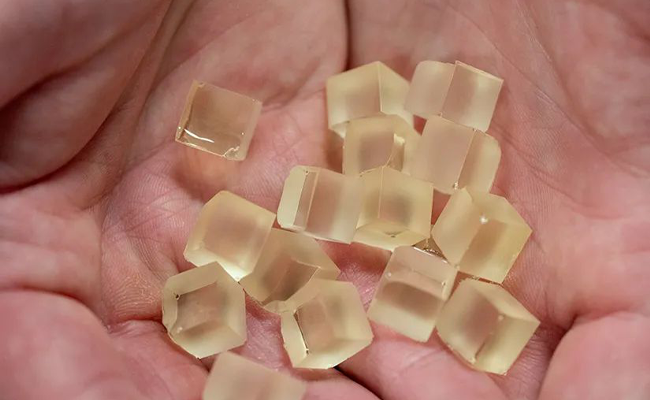
PECAN materials, sourced from biomass like SPGE, BDGE, and MHHPA, cure quickly at 80°C. Two PECAN resins, PECAN-15 and PECAN-35, were developed and compared to Elium-188O and RIMR-135.
Excellent mechanical properties and weatherability
The results show that the ultimate stress, elongation at break, Young’s modulus and tensile toughness of PECAN-35 are better than those of Elium-188O and RIMR-135. PECAN materials also show higher glass transition temperature and storage modulus, indicating excellent thermal stability. In addition, the weatherability of PECAN materials is also better than that of RIMR-135, with minimal performance degradation in accelerated aging tests.
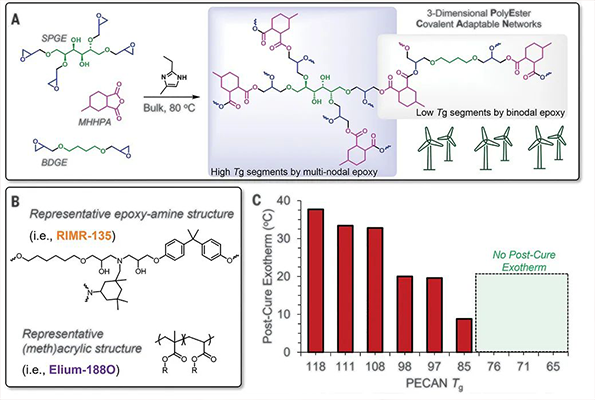
Scalable production and efficient recycling
The researchers used PECAN-15 to manufacture 9-meter-long wind turbine blades, proving that it is compatible with existing blade manufacturing technology. The mechanical properties of the blades were verified through finite element analysis and COMSOL software modeling. More importantly, PECAN materials can be efficiently recycled: after methanolysis, PECAN-15 is almost completely decomposed, and the recycled glass fiber has almost no loss in performance and can be used again to manufacture blades, truly realizing a closed loop for wind turbine blade recycling.
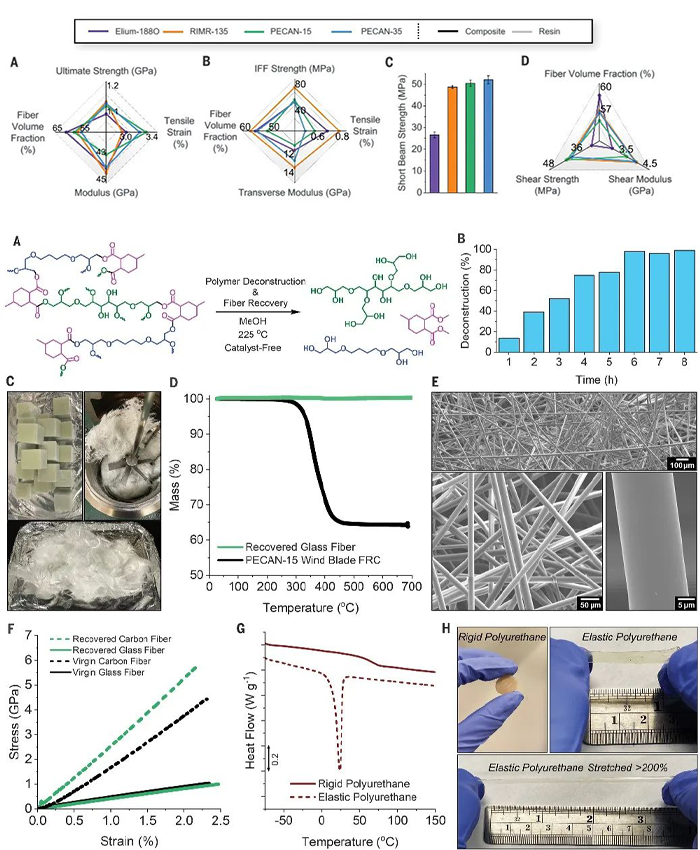
This study shows that bio-based materials have great potential in the field of wind turbine blade recycling, providing a new direction for the sustainable development of the wind power industry.

